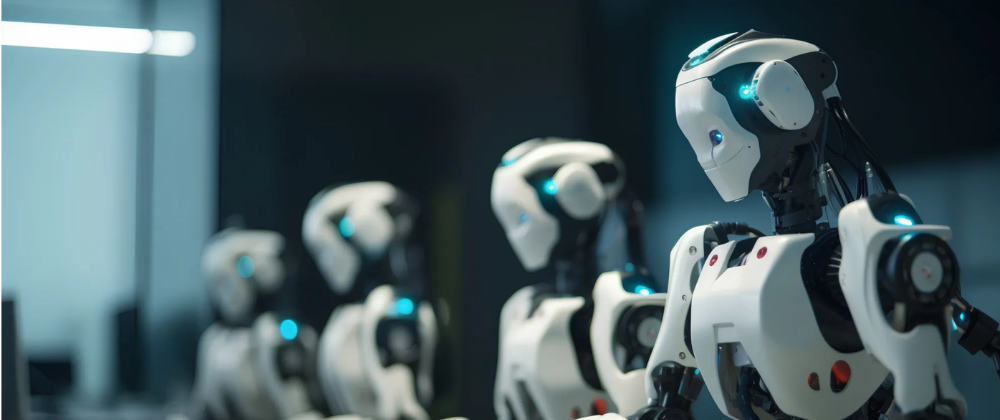In a significant move towards regulating the rapidly evolving humanoid robotics industry, China has published its first set of governance guidelines for humanoid robots. The guidelines, released by the Shanghai municipal government, emphasize the need for risk controls and international collaboration in the development and deployment of these advanced machines.
The key highlights of the guidelines include:
Risk Management and Safety
The guidelines mandate that manufacturers of humanoid robots must ensure their products do not pose any threat to human safety or dignity. This includes implementing robust risk assessment procedures and emergency response systems to mitigate potential risks.
Ethical and Legal Usage
Manufacturers are required to provide users with comprehensive training on the ethical and legal utilization of humanoid robots. This measure aims to ensure that these machines are used responsibly and in accordance with established laws and regulations.
International Collaboration
The guidelines advocate for greater international cooperation in the field of humanoid robotics. They propose the creation of a global regulatory framework and the establishment of an international research institute dedicated to overseeing the development and deployment of these robots.
Production and Industry Leadership
China has set ambitious goals for its humanoid robotics industry. The country aims to achieve large-scale production of humanoid robots by 2025 and to lead the global industry by 2027. This strategic move positions China as a key player in the rapidly evolving field of humanoid robotics.
The guidelines were jointly developed by five industry organizations based in Shanghai, including the Shanghai Law Society, Shanghai Artificial Intelligence Industry Association, and National and Local Robot Innovation Center.
The release of these guidelines comes at a time when major technology companies, such as Tesla, are showcasing their own humanoid robot creations. At the recent World Artificial Intelligence Conference (WAIC) in Shanghai, Tesla unveiled the second iteration of its Optimus humanoid robot, which attracted considerable attention despite being in the development phase and not yet in mass production.
Other Chinese exhibitors at the WAIC event showcased a variety of humanoid robots, reflecting the country's push to create more practical and affordable robots resembling those seen in science fiction. One notable example was Kuavo, a robot developed by Shenzhen-based Leju Robot, which operates on a system derived from Huawei Technology's OpenHarmony platform.
The guidelines are a significant step forward in ensuring the safe and responsible development of humanoid robots in China. By emphasizing risk controls, ethical usage, and international collaboration, China aims to pave the way for the widespread adoption of these advanced machines while prioritizing human safety and dignity.
As the global humanoid robotics industry continues to evolve, the release of these guidelines serves as a model for other countries to follow in regulating this emerging technology. With its ambitious goals and strategic focus, China is poised to play a leading role in shaping the future of humanoid robotics on a global scale.






Oldest comments (0)